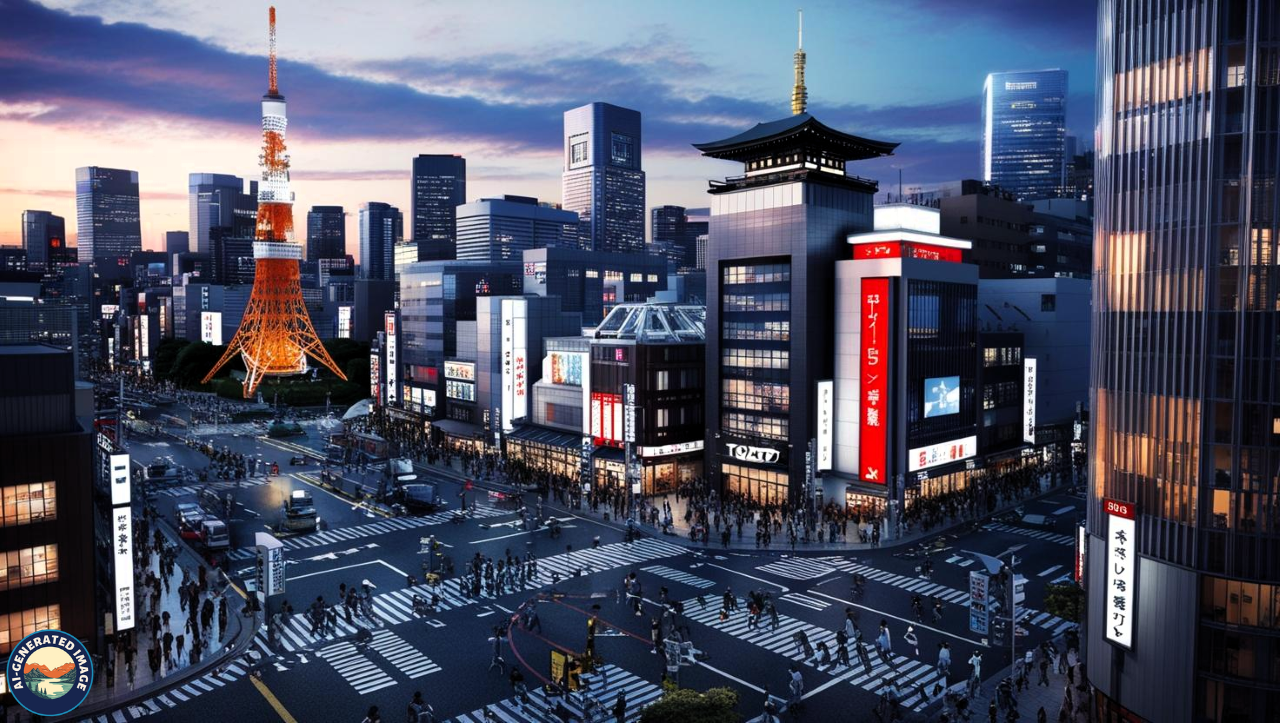Introduction
Tokyo, the dazzling heart of Japan, is a mesmerizing mix of centuries-old tradition and ultra-modern innovation. From tranquil temples hidden among urban sprawl to towering skyscrapers aglow with neon lights, Tokyo offers a sensory overload in the best possible way. As one of the most populous and influential cities in the world, it’s a destination that combines cultural depth with fast-paced modern living.
Whether you’re drawn to ancient shrines, high-tech gadgets, iconic pop culture, or world-class cuisine, Tokyo has something to offer every kind of traveler. In this comprehensive travel guide, we’ll walk you through Tokyo’s must-see landmarks, hidden gems, cultural insights, and travel tips—everything you need to plan an unforgettable trip.
Brief History
Originally a small fishing village named Edo, Tokyo’s history took a dramatic turn in the early 1600s when Tokugawa Ieyasu established his military government there. Edo quickly evolved into a powerful political hub. In 1868, during the Meiji Restoration, the emperor relocated the capital from Kyoto to Edo, which was then renamed Tokyo, meaning “Eastern Capital.”
The city endured devastating setbacks, including the 1923 Great Kanto Earthquake and extensive damage during World War II. Despite these challenges, Tokyo emerged stronger, transforming into one of the world’s most dynamic and advanced cities.
How to Reach
Airports
-
Narita International Airport (NRT):
- Located around 60 kilometers from central Tokyo, Narita is a major entry point for international flights.
-
Haneda Airport (HND)
Situated much closer to the city, Haneda is increasingly popular for both international and domestic travel.
Transport from the Airport
Narita Express (N’EX):
A comfortable train ride that takes you directly to central districts like Tokyo Station.
Keisei Skyliner:
A speedy option for reaching areas like Ueno and Nippori.
Airport Limousine, Bus, and Taxis:
Although more expensive, they offer direct service to major hotels and neighborhoods.
Visa Information
Citizens of many countries can enter Japan visa-free for short stays. Be sure to check current visa policies based on your nationality before departure.
Best Time to Travel
Spring (March–May):
Famous for cherry blossoms and mild weather.
Autumn (September–November):
Cool temperatures and stunning fall foliage.
Summer:
Hot and humid but perfect for vibrant festivals and fireworks.
Winter:
Crisp and clear, offering fewer crowds and beautiful night views.
Navigating Tokyo
Tokyo’s public transit is world-renowned for its efficiency and cleanliness.
Train & Subway Options
-
Tokyo Metro and Toei Subway:
-
Serve central districts and major sightseeing locations.
-
JR Yamanote Line:
-
A circular train line connects popular neighborhoods like Shibuya, Shinjuku, and Ikebukuro.
IC Cards for Travel
-
Suica and Pasmo:
-
Prepaid smart cards for trains, subways, buses, and even some stores.
Useful Tips
-
Language:
-
English is common on signs and transit systems. Translation apps can help with menus and signs.
-
Behavior:
-
Speak quietly on public transport and always queue patiently.
Must-See Attractions
Historic and Cultural Sights
-
Senso-ji Temple (Asakusa):
-
Tokyo’s most iconic temple with a dramatic gate and a bustling shopping street.
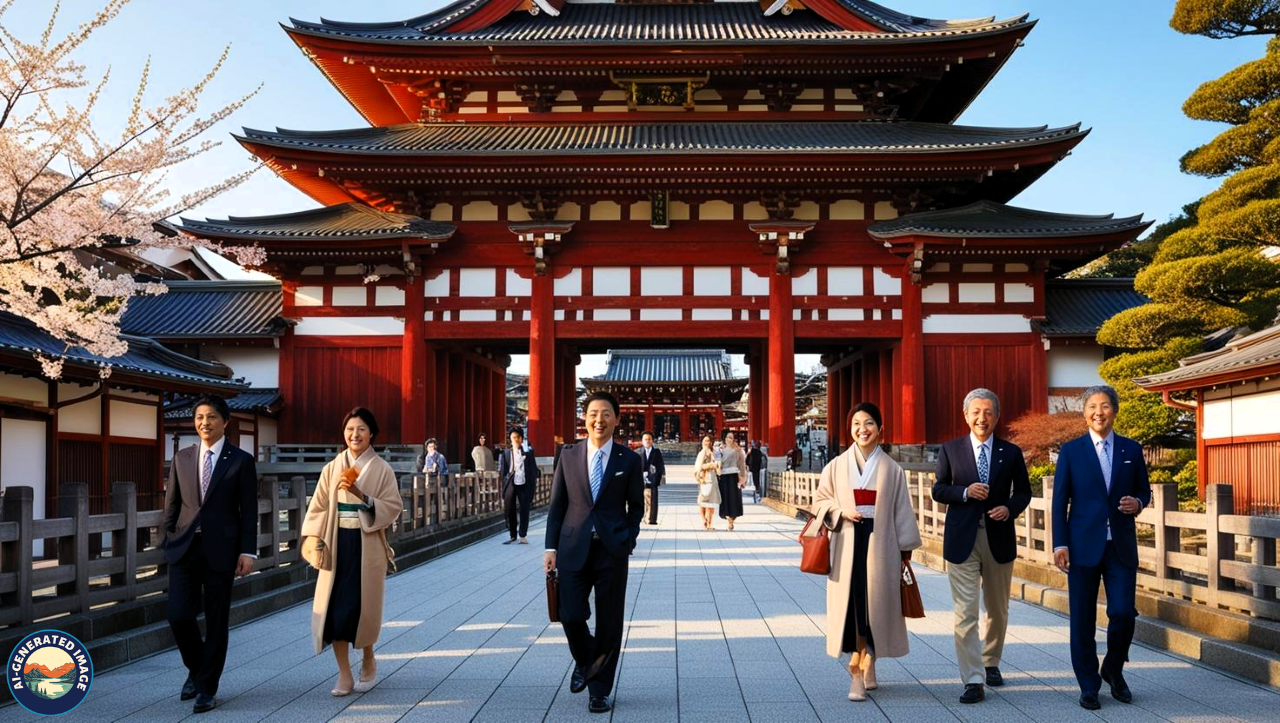
-
Meiji Shrine (Harajuku):
-
A peaceful shrine dedicated to Emperor Meiji, surrounded by a forest.
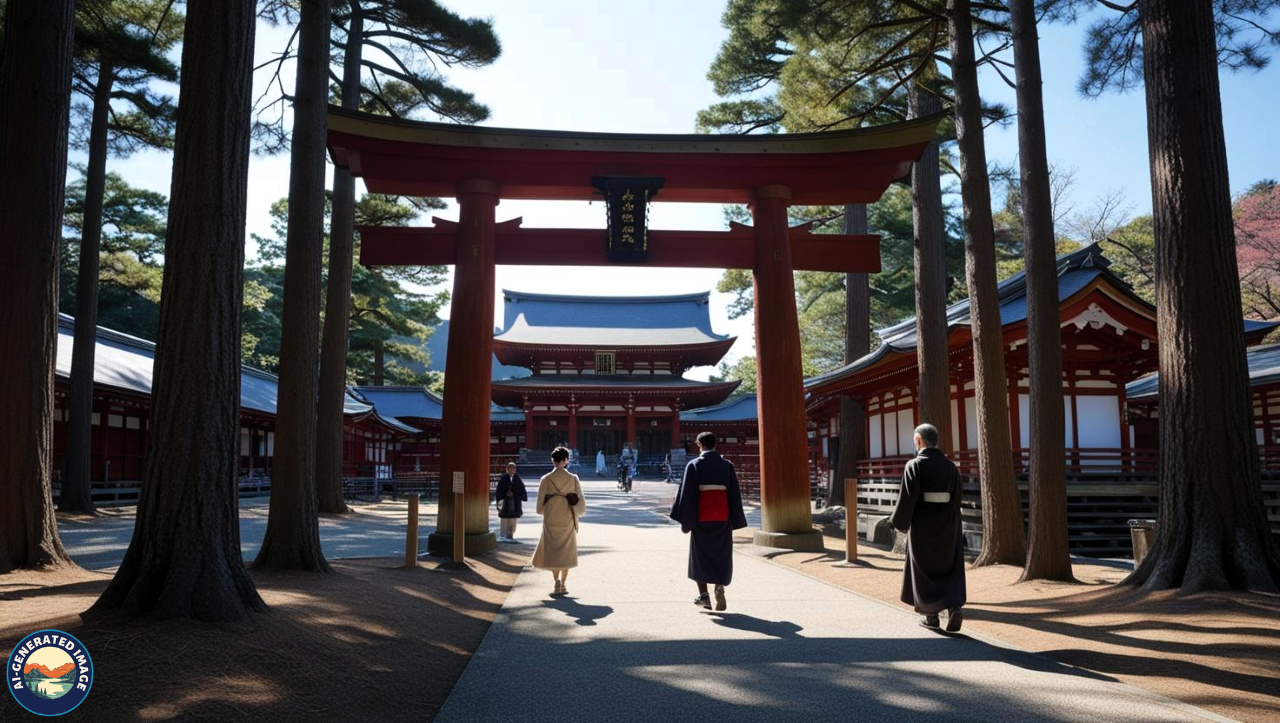
-
Imperial Palace:
-
The residence of the Emperor. While the inner grounds are off-limits, the East Garden is open to visitors.
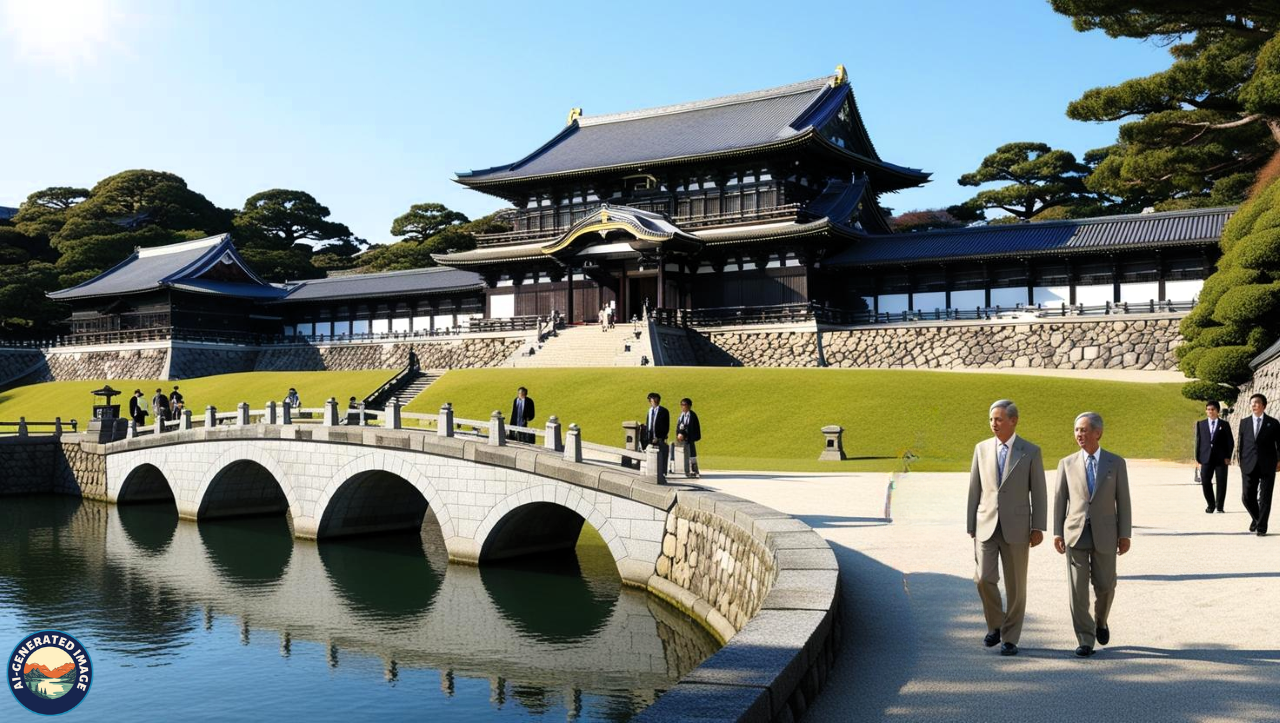
-
Ueno Park:
-
Home to museums, a zoo, and cherry blossoms in spring.
Modern Wonders and Entertainment
-
Shibuya Crossing:
-
Possibly the world’s busiest intersection, a symbol of Tokyo’s kinetic energy.
-
Tokyo Tower and Tokyo Skytree:
-
Offering sweeping panoramic views of the city.
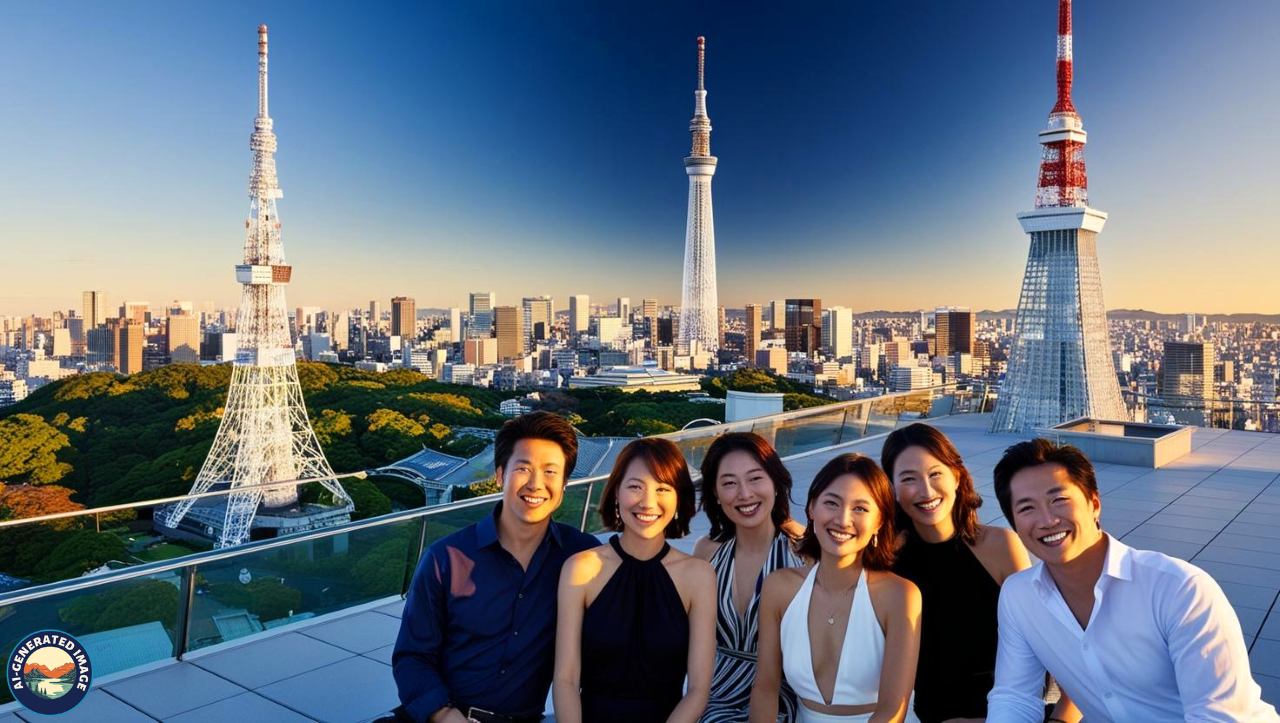
-
Akihabara:
-
A haven for fans of anime, manga, and electronics.
-
Roppongi:
-
Great for nightlife, fine dining, and art galleries.
Unique Districts to Explore
-
Shinjuku:
-
Known for shopping malls, skyscrapers, and entertainment.
-
Harajuku:
-
The birthplace of Tokyo’s youth fashion and quirky subcultures.
-
Ginza:
-
An upscale district for luxury shopping and gourmet dining.
-
Odaiba:
-
A man-made island with family-friendly attractions and futuristic architecture.

-
Koenji and Shimokitazawa:
-
Alternative neighborhoods are filled with indie stores, vintage shops, and creative cafes.
Tokyo’s Culinary Scene
Tokyo is a food lover’s paradise, offering everything from Michelin-starred restaurants to tiny food stalls.
Signature Dishes to Try
-
Sushi:
-
Available at high-end omakase counters and conveyor belt eateries.
-
Ramen:
-
A warming bowl of noodles in flavors like tonkotsu, miso, or shoyu.
-
Tempura:
-
Lightly battered and fried seafood and vegetables.
-
Tonkatsu:
-
A crispy, breaded pork cutlet served with shredded cabbage.
-
Takoyaki and Okonomiyaki:
-
Savory street foods are popular during festivals.
One-of-a-Kind Dining Experiences
-
Theme Cafés:
-
Whether it’s robots, ninjas, or cats, there’s a café for every interest.
-
Izakayas:
-
Casual Japanese pubs offering an array of small plates and drinks.
-
Market Bites:
-
Head to Tsukiji Outer Market for fresh seafood and local snacks.
Cultural Activities and Events
Traditional Experiences
-
Sumo Wrestling:
-
Catch a live match or visit sumo stables for a behind-the-scenes look.
-
Tea Ceremony:
-
Learn about the ritualistic art of preparing matcha.
-
Kabuki Theater:
-
Witness traditional Japanese drama featuring elaborate costumes and stylized acting.
Festivals Worth Experiencing
-
Hanami (Cherry Blossom Viewing):
-
Celebrate spring beneath blooming sakura trees in places like Ueno Park.
-
Tanabata (Star Festival):
-
Held in July, this festival decorates streets with colorful streamers.
-
Sumida River Fireworks Festival:
-
One of Tokyo’s biggest summer events.
-
New Year (Shogatsu):
-
A time for temple visits, special food, and traditional decorations.
Great Day Trips from Tokyo
Step outside the city to explore the diversity of nearby destinations.
-
Nikko:
-
Known for its ornately decorated shrines and picturesque landscapes.
-
Kamakura:
-
Home to a giant bronze Buddha and beautiful hiking trails.
-
Hakone:
-
Famous for onsen (hot springs), scenic views, and proximity to Mount Fuji.
-
Yokohama:
-
Offers a lively waterfront, Chinatown, and innovative museums like the Cup Noodles Museum.
These destinations are easily accessible by train and provide a perfect break from the city’s hustle.
Accommodation Options
Finding the right place to stay depends on your budget and interests.
Top Neighborhoods to Stay In
-
Shinjuku:
-
A central location with plenty of transport links and entertainment.
-
Asakusa:
-
Ideal for those who want to stay near historical landmarks.
-
Ginza:
-
Upscale and quiet, perfect for luxury travelers.
-
Akihabara:
-
Great for pop culture lovers and tech enthusiasts.
Where to Stay
-
Hotels:
-
Ranging from budget-friendly business hotels to five-star accommodations.
-
Ryokan:
-
Traditional Japanese inns offer a cultural experience.
-
Capsule Hotels:
-
Affordable and futuristic—perfect for solo travelers.
-
Vacation Rentals:
-
Airbnb and similar platforms offer unique stays across the city.
Where to Shop
Tokyo is one of the world’s best shopping cities, with endless variety and quirky finds.
Souvenirs to Bring Home
-
Traditional Goods:
-
Folding fans, yukata, incense, and lucky charms.
-
Anime & Manga Merch:
-
Action figures, keychains, and art books.
-
Electronics:
-
From headphones to the latest gaming devices.
-
Stationery:
-
Japanese pens, planners, and handmade paper are incredibly popular.
Best Shopping Districts
-
Shibuya and Harajuku:
-
Trendy fashion and youth culture.
-
Takeshita Street:
-
Affordable accessories and quirky finds.
-
Ginza:
-
Luxury brands and flagship stores.
-
Ikebukuro:
-
Great for anime-themed shopping.
Practical Tips for Your Trip
-
Cultural Etiquette:
-
Always bow as a greeting, remove your shoes indoors, and follow local customs.
-
Currency:
-
While credit cards are accepted in many places, cash is still king at smaller businesses.
-
Internet Access:
-
Rent a pocket Wi-Fi or buy a SIM card for seamless navigation.
-
Getting Around:
-
Avoid peak travel hours and use apps like Google Maps or Japan Transit Planner.
-
Language:
-
Basic Japanese phrases help, but most signs include English, and people are helpful.
Conclusion
Tokyo is a city that never ceases to amaze. Its vibrant blend of heritage and innovation makes it a truly unforgettable destination. Whether you’re admiring ancient temples, shopping in high-tech districts, savoring sushi, or joining locals for a seasonal festival, Tokyo delivers a travel experience like no other.
Take your time to wander, discover the contrasts, and immerse yourself in the unique rhythm of Tokyo. Each visit brings new stories and a deeper appreciation for this endlessly fascinating city.
FAQs
Is Tokyo safe for travelers?
Yes, it’s considered one of the safest cities in the world for tourists, including solo travelers.
When is the best time to see cherry blossoms in Tokyo?
Typically, from late March to early April, depending on the weather.
How many days should I spend in Tokyo?
A week is ideal to explore the main attractions and nearby day trip options.
Is English widely spoken in Tokyo?
While not everyone speaks fluent English, signs are multilingual, and many locals are willing to help.
What’s the easiest way to get around the city?
The train and subway systems are the most efficient ways to travel.
Should I get a Japan Rail Pass?
It’s not necessary for just Tokyo, but it’s useful if you’re traveling around Japan.
Can I see Mount Fuji from Tokyo?
Yes, on clear days, you can catch a glimpse from tall buildings or during a trip to Hakone.
Are there vegetarian or vegan food options?
Yes, though limited in traditional spots. Apps like HappyCow can help you locate suitable restaurants.
What’s a must-try food item in Tokyo?
Don’t leave without trying sushi, ramen, or a bowl of donburi.
Can I use my credit card in Tokyo?
Yes, but it’s advisable to carry cash for smaller establishments and local markets.

